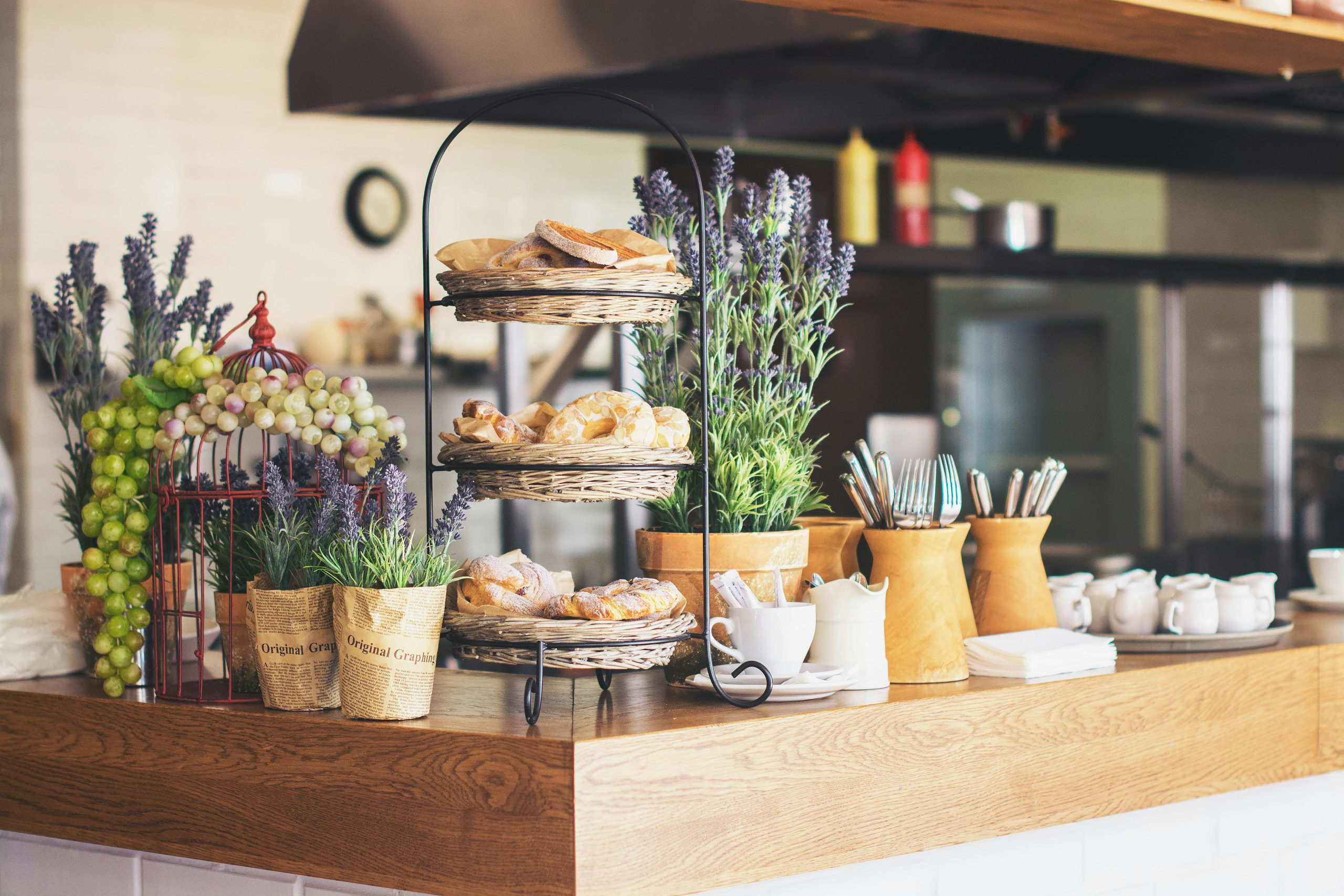Restaurant Service: What Diners Should Know
Restaurant service is a crucial aspect of the dining experience. It can make or break the overall enjoyment of a meal, and has the power to turn first-time customers into loyal regulars. As diners, we all have our own expectations when it comes to restaurant service, but what should we really know about it? In this article, we will delve into the world of restaurant service and explore what diners should know to fully appreciate and make the most out of their dining experiences.
What Makes Great Restaurant Service?
This question may seem subjective, as each person may have their own definition of what great service is. However, there are certain key elements that make up exceptional restaurant service. These include promptness, attentiveness, knowledge, and friendliness.
Promptness
In the restaurant industry, time is of the essence. Customers go to restaurants to enjoy a good meal, but they also expect efficient service. This means that servers should attend to their tables promptly, from taking orders to bringing out food and drinks. Nothing spoils a dining experience more than long waits and delays.
Attentiveness
In addition to being prompt, good service also entails being attentive to the needs of the customers. This means being observant and anticipating the needs of guests, such as refilling drinks, bringing extra condiments, or providing suggestions for menu items. Attentiveness also involves being present and available to answer any questions or concerns that diners may have.
Knowledge
A knowledgeable server is an invaluable asset to any restaurant. This means having a good understanding of the menu, including ingredients and preparation methods, as well as being able to recommend dishes to suit the preferences and dietary restrictions of customers. A knowledgeable server can also suggest pairings of food and drinks, enhancing the dining experience for diners.
Friendliness
Good restaurant service should always come with a smile. Servers should be approachable and friendly, making diners feel welcome and comfortable. A friendly personality can also make up for any minor mistakes or mishaps that may occur during the dining experience.
The Different Styles of Restaurant Service
There are various styles of restaurant service, each with its own unique approach and purpose. The three most common styles are casual service, formal service, and buffet service.
Casual Service
Casual service is often found in family-style or fast-casual restaurants. This style is characterized by a laid-back approach, where diners may order at a counter and have their food brought to their table, or servers may take their orders directly at the table. Casual service is meant to be relaxed and informal, with the focus on the food rather than the service.
Formal Service
On the other end of the spectrum, formal service is typically found in fine dining establishments. This style of service is highly structured and involves multiple servers waiting on a table. The emphasis here is on the presentation of food and the level of attention given to guests. Formal service can also include elaborate table settings and specialized techniques, such as flambéing or filleting, performed tableside for added theatrics.
Buffet Service
Buffet service is a self-serve style of dining, where diners help themselves to a variety of dishes prepared and displayed in a buffet line. In some cases, servers may assist with certain dishes, such as carving meats or pouring drinks. Buffet service is commonly found in events and large gatherings, where guests can choose their own portions and variety of food.
Etiquette for Diners
While it is the responsibility of the restaurant to provide good service, there are also certain things diners should keep in mind to ensure a smooth dining experience.
Be Clear with Your Order
When placing your order, be as specific as you can. If you have any allergies or dietary restrictions, let your server know, so they can provide suitable options. Also, be clear with any modifications or substitutions you may need.
Be Patient and Understanding
Restaurants can get busy, and sometimes mistakes may occur. If there are any delays or errors with your order, be patient and communicate politely with your server. They will do their best to rectify the situation and ensure you have an enjoyable dining experience.
Acknowledge Good Service
If you have received good service, show your appreciation by leaving a generous tip. It is also a nice gesture to give compliments to your server or even ask to speak to the manager and express your satisfaction. This can help boost the morale of the restaurant staff and encourage them to continue providing top-notch service to their customers.
Restaurant service is an integral part of the dining experience and should not be overlooked. Knowing what to expect and how to behave when dining out can enhance the enjoyment of a meal and make for a memorable experience. By being aware of the elements that make up great service, understanding the different styles of service, and practicing good dining etiquette, diners can make the most out of their restaurant experiences and support the hardworking individuals behind the scenes.










